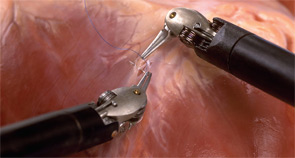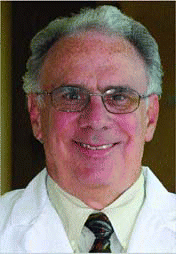Guided therapeutics in head and neck surgery, upper airway stimulation for sleep apnea, and personalized therapy for sinusitis highlighted at the Triological Society’s Combined Sections Meeting in Miami Beach, Fla. in January


Guided therapeutics in head and neck surgery, upper airway stimulation for sleep apnea, and personalized therapy for sinusitis highlighted at the Triological Society’s Combined Sections Meeting in Miami Beach, Fla. in January
Newer surgical procedures not necessarily better; primary frontal sinus endoscopic surgery relieves frontal sinus symptoms in most; success following surgery to correct obstructive sleep apnea dependent upon scoring measures; intranasal splint use after surgery increases patient pain, provides few offsetting benefits; new reprocessing guidelines for ent endoscopes stress high-level disinfection techniques; multicenter study shows feasibility and safety of transoral robotic surgery.
The large, roadside billboards advertised robotic surgery in bright, bold colors, something that struck David Eibling, MD, professor of otolaryngology at the University of Pittsburgh, as “fundamentally wrong.” Hospitals and physicians “should not be offering robotic surgery as a draw for patients,” said Dr. Eibling, who noticed the billboards while traveling through Florida earlier this year, “but rather as a potential tool to benefit the care of the patient.”
Does robotic surgery provide better access to the infratemporal fossa (ITF), and is suprahyoid port placement an option? Background: Recent experimentation with robotic-assisted surgery has shown applications in head and neck […]

Using robotic arms, surgeons can now remove the thyroid gland through an incision in the axilla, or armpit, thereby avoiding the large scar on the front of the neck caused by traditional thyroid surgery. The procedure offers no other benefits over the traditional approach developed a century ago by Emil Theodor Kocher, MD, according to head and neck surgeons who perform the robotic surgery. In fact, it takes longer to recover from the robotic surgery, they say, with some patients complaining of chest numbness for months afterwards.
Part 1 of a series

Part 2 of this article will discuss treatment options for skull base tumors.